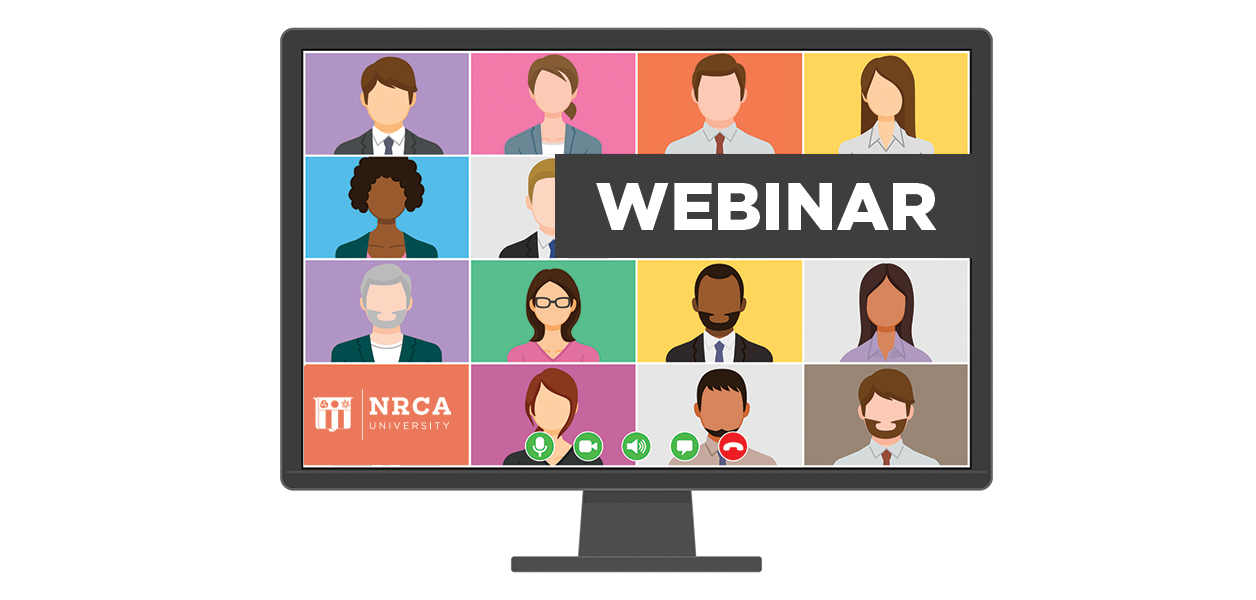As the Paycheck Protection Program winds down, borrowers are wondering how to achieve forgiveness, according to www.constructiondive.com.
Presenters at a recent webinar sponsored by law firm Dorsey & Whitney said it is important to note PPP forgiveness is not guaranteed. Ranging from less than $50,000 to more than $5 million, PPP loans are forgivable if a business uses them according to the program’s guidelines. Borrowers must devote at least 60% of the proceeds to payroll costs and 40% to expenditures such as rent and utilities. Even if a business falls short of that threshold, partial forgiveness may be an option.
Small-business borrowers can apply for forgiveness once all the money from the loan has been spent, up to the maturity date of the loan. If borrowers do not apply for forgiveness within 10 months after the last day of the covered period, PPP loan payments no longer will be forgiven, and borrowers must begin making loan repayments to their PPP lender.
Companies can start pursuing forgiveness by completing the loan forgiveness application and submitting it to the lender, who has 60 days to review the application and submit it to the Small Business Administration; SBA has 90 days to make a decision regarding forgiveness.
Webinar presenters said companies turned down for forgiveness should be ready to contest the decision. Construction firms have the option of complying with the decision or launching an administrative appeal. If a company chooses to appeal, it must file an appeal petition with the SBA’s Office of Hearings and Appeals within 30 calendar days. An administrative law judge will decide whether the SBA loan review decision was based on clear error of fact or law.
Douglas S. Lang of Dorsey & Whitney said error can be difficult to prove. The petition must include a copy of the SBA loan review decision; a full and specific statement regarding why the SBA loan decision was alleged to be erroneous; the relief sought; and the name, contact information and signature of the appellant or attorney, among other information.
The judge will issue a decision within 45 calendar days, and it will contain “findings of fact and conclusions of law,” the reasons for those findings and conclusions, and any relief the judge orders.
SBA reviews are mandatory for borrowers receiving more than $2 million, but companies that received less than $2 million also may be audited. If a forgiveness review or audit investigation finds false statements; attempts to conceal an obligation to the U.S. government; failure to return overpayment; conspiracy to defraud the U.S. government; or retaliation against employees for engaging in protected activities, the result could be civil penalties and more.





